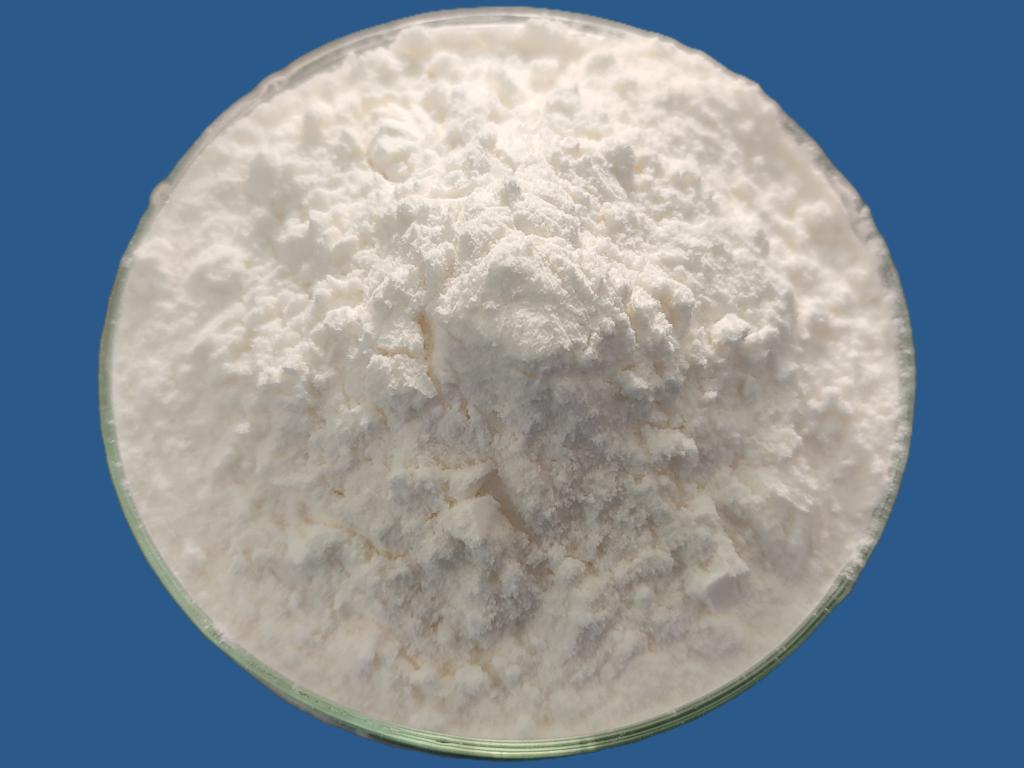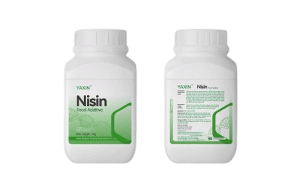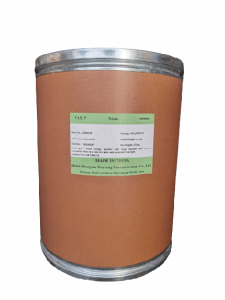Tel:+8618231198596

News
 CONTACT
CONTACT
 CONTACT
CONTACT
- Linkman:Linda Yao
- Tel: +8618231198596
- Email:linda.yao@dcpharma.cn
- Linkman:CHARLES.WANG
- Department:Overseas
- Tel: 0086 0311-85537378 0086 0311-85539701
News
Investigating the effectiveness of ε-Polylysine hydrochloride in preserving ready-to-eat salads.
TIME:2024-10-18
Properties and Mechanisms of Action
ε-Polylysine hydrochloride is a cationic homopolymer of L-lysine, produced by certain strains of Streptomyces albulus through fermentation. It is known for its broad-spectrum antimicrobial activity, particularly against Gram-positive bacteria, yeasts, and molds. The primary mechanism of action involves the disruption of the microbial cell membrane, leading to leakage of intracellular components and, ultimately, cell death. ε-PL is effective at low concentrations, making it an attractive option for food preservation. Additionally, it is heat-stable and can remain active under a wide range of pH levels, which is crucial for the processing and storage of RTE salads.
Regulatory Status and Safety
ε-Polylysine hydrochloride has been approved for use as a food preservative in several countries, including Japan, South Korea, and the United States. In the U.S., it is generally recognized as safe (GRAS) and is listed as a direct food substance affirmed as GRAS. Its natural origin and favorable safety profile make it a suitable candidate for use in RTE salads, where the use of synthetic preservatives is often undesirable.
Effectiveness in Preserving RTE Salads
The integration of ε-PL into the preservation of RTE salads can be achieved through various methods, each with its own set of advantages and considerations:
Direct Addition
Formulation: ε-PL can be directly added to the salad during the mixing or dressing stage. The optimal concentration should be determined based on the specific ingredients, pH, and desired shelf life.
Stability: The stability of ε-PL in RTE salads is influenced by factors such as temperature, pH, and the presence of other ingredients. Stability studies should be conducted to ensure that the preservative remains active throughout the product's shelf life.
Sensory Impact: Sensory evaluation is essential to ensure that the addition of ε-PL does not adversely affect the flavor, texture, or appearance of the salad. At appropriate concentrations, ε-PL typically has minimal sensory impact, but this should be confirmed through sensory testing.
Surface Treatments
Spray or Dipping: ε-PL solutions can be applied to the surface of salad ingredients through spraying or dipping. This method provides a protective barrier against microbial contamination, particularly on the outer surfaces of vegetables and fruits.
Edible Coatings: ε-PL can be incorporated into edible coatings, such as polysaccharides or proteins, which can be applied to the surface of salad ingredients. These coatings not only provide a physical barrier but also release ε-PL over time, enhancing the antimicrobial effect.
Active Packaging
Incorporation into Packaging Materials: ε-PL can be integrated into the packaging material itself, such as films or sachets. This allows for a gradual release of the preservative into the salad, providing long-term protection against microbial growth.
Dual-Function Packaging: Combining ε-PL with other active packaging technologies, such as oxygen scavengers or moisture absorbers, can create a multi-barrier system that enhances the overall shelf life and safety of the RTE salad.
Challenges and Considerations
While ε-PL offers significant benefits, there are several challenges and considerations that must be addressed:
Compatibility with Other Ingredients: The interaction of ε-PL with other ingredients, such as oils, acids, and spices, should be carefully evaluated to ensure compatibility and efficacy.
Cost and Scalability: The cost-effectiveness and scalability of using ε-PL in large-scale RTE salad production must be considered. While it is effective at low concentrations, the overall cost may still be a factor.
Regulatory Compliance: The use of ε-PL must comply with local and international regulations, including maximum permissible levels and labeling requirements. Specific guidelines for organic and clean-label products should also be followed.
Consumer Perception: As with any preservative, consumer perception and acceptance are crucial. Clear communication about the natural origin and safety of ε-PL can help build trust and support among consumers.
Conclusion
The effectiveness of ε-polylysine hydrochloride in preserving RTE salads represents a promising approach to enhancing the safety and shelf life of these popular and healthy food products. With its broad-spectrum antimicrobial activity, natural origin, and favorable regulatory status, ε-PL offers a viable alternative to traditional preservatives. Ongoing research and development will be key to optimizing its use, addressing technical challenges, and ensuring that it meets both regulatory standards and consumer expectations. As the demand for high-quality, long-lasting, and safe RTE salads continues to grow, ε-PL is poised to play a vital role in the future of salad preservation, contributing to a more sustainable and secure food supply.
- Tel:+8618231198596
- Whatsapp:18231198596
- Chat With Skype







